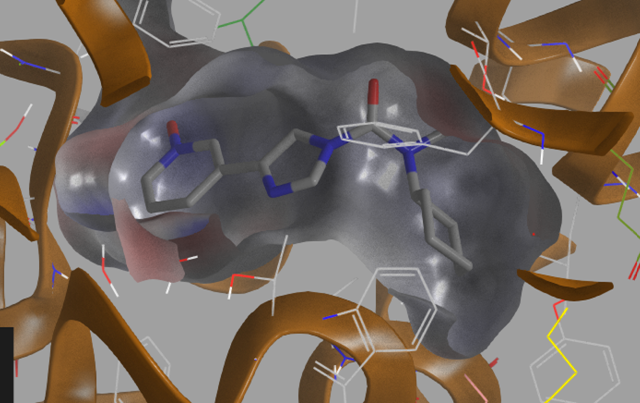Computational chemical biology and cheminformatics
Computational methods are routinely used in drug discovery and lead optimization projects. Within NL-OPENSCREEN ample expertise is available in the application of computational chemical biology (‘big data approaches’) and cheminformatics.
NL-OPENSCREEN offers several services in the domain of computational chemical biology and cheminformatics. More specifically the following services are offered:
- QSAR modeling and proteochemometrics (virtual screening). Using chemical & protein descriptors coupled to machine learning (e.g. random forests or deep learning) quantitative structure-activity models (QSAR) can be created for a given target based on NL-OPENSCREEN data or public data. These can subsequently be used to virtually screen NL-OPENSCREEN or vendor chemical databases.
- Mode-of- action Elucidation. Using the ChEMBL database and the recently released ExCAPE-DB bioactivity spectrum, models can estimate interaction with the experimentally investigated proteome, or predict toxicity using e.g. Toxcast and Tox21 data.
- Cheminformatics. In addition to chemical biology approaches, “classical” cheminformatics techniques are available. For instance: chemical clustering, dimensionality reduction, and visualization techniques.
- Focused library design. Virtual libraries can be optimized towards a class of proteins based on data available in the public domain, or be optimized to maximize the content of likely allosteric or orthosteric molecules for a given target family.
- Structure based approaches. Given an available crystal structure, methods such as docking or molecular dynamics can be offered to rationalize drug-target interactions and virtually screen for novel hits.

